While freezing temperatures and a snow-covered ground may signal the main growing season is over, it doesn’t have to mean the end of fresh garden greens.
Collard greens in particular thrive in cold weather, which is lucky for me, since there isn’t much I enjoy more than sizzling up a pan of fresh homegrown collards in some garlic butter.
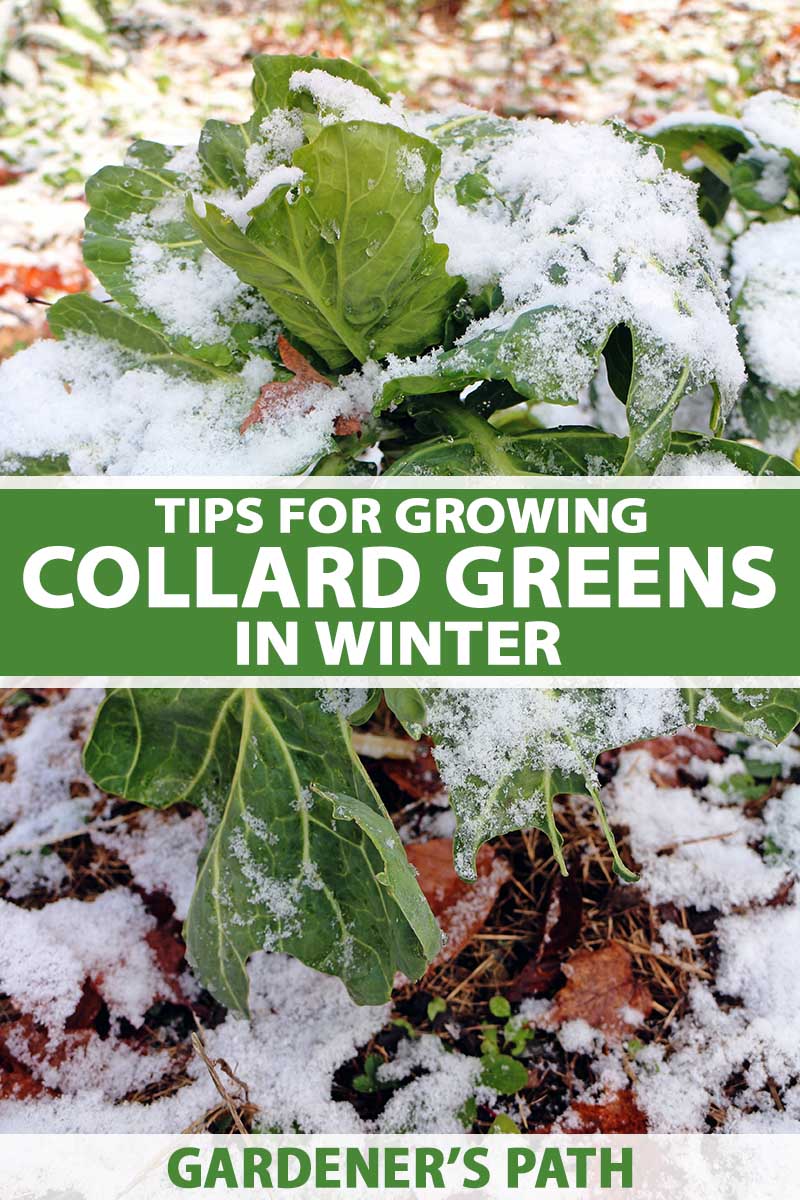
We link to vendors to help you find relevant products. If you buy from one of our links, we may earn a commission.
Read on to learn how to keep collard greens growing strong after a frost.
What You’ll Learn
Will Frost Kill Collard Greens?
Collards, Brassica oleracea var. acephala, are the most cold hardy of all the Brassica species.
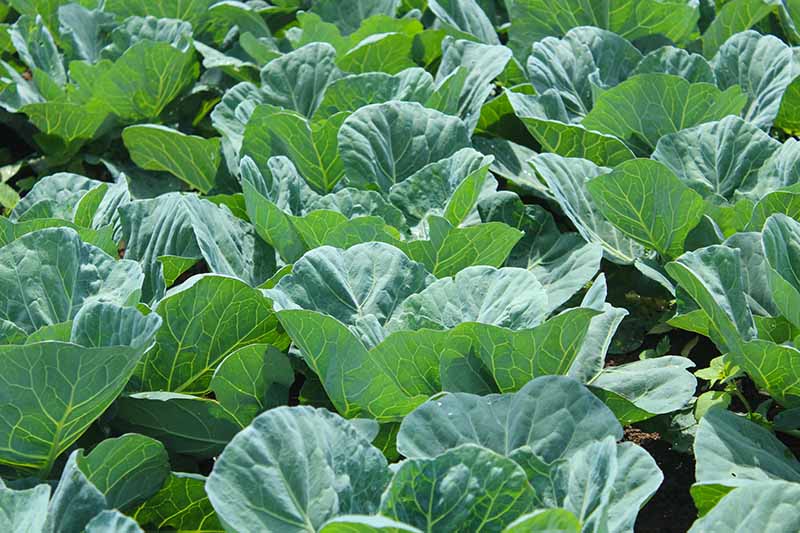
These members of the Brassicaceae family are incredibly frost tolerant and can survive temperatures down to the upper teens.
In fact, frost actually improves their taste as cold temperatures trigger the plant to convert the starches in the foliage to sugars which produces a sweeter flavor and a more tender texture.
However, a hard freeze will kill the plants – but there are steps you can take to protect them.
This incredibly hardy crop can continue to be harvested even after the leaves have frozen, which makes them an ideal choice to plant for a dose of healthy greens in the colder months.
How to Grow Collards for a Winter Harvest
Collards are a biennial that typically overwinter in USDA Hardiness Zones 8-10, though in a mild year they may even survive in colder zones unassisted.
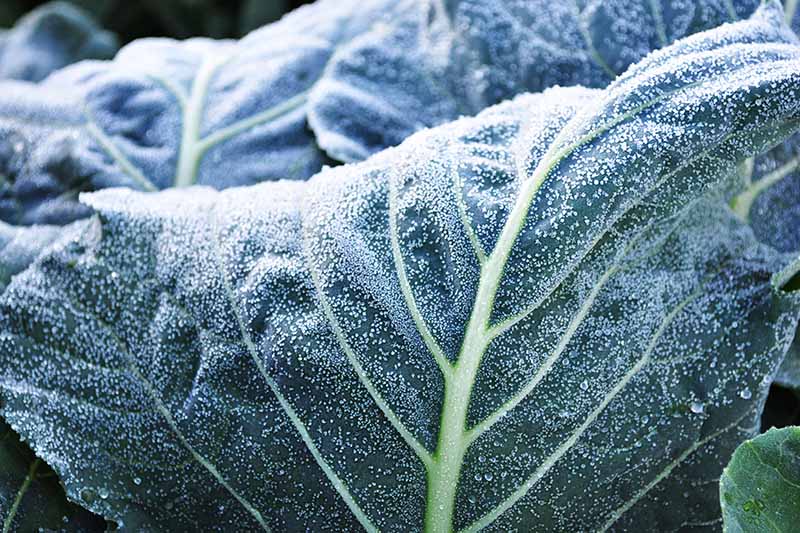
I once grew collard greens in my Zone 6 garden that survived through the winter without protection and resumed growth the next year!
If you live in a warm climate, the best time to plant is in fall for a harvest throughout the winter months. For best results, you’ll need to know your first average frost date.
You can direct seed out in the garden in late summer or early fall, depending on your location. Your goal is to sow seeds in time so that your crop is ready to harvest after one or two light frosts but before the first killer freeze.
Check your seed packet to determine the time to maturity of your chosen cultivar – this is typically between 55 and 75 days.
Learn more about the different varieties of collard greens in this roundup.
In very warm locations, you can start seeds indoors to transplant out into the garden about eight weeks before your average first frost date. This will vary a little, depending on your chosen cultivar.
Choose a location that gets at least four or five hours of sunshine per day.
See our guide for more information about how to grow collard greens.
Since this plant is a biennial, when spring arrives and the weather warms up, plants will bolt and set seed.

You may still be able to harvest at this point but the leaves may become tough and bitter and you may be better off just starting a new crop.
Extend the Season in Cold Climates
In colder regions, Zones 7 and below, there are a number of steps you can take to keep your collards producing for as long as possible into the winter months.
Season extension techniques, such as building cold frames or hoop houses can be useful to protect your greens from snow and super cold temperatures.
There are many options for protecting plants from cold, often using materials you may already have in your yard, such as old window glass or sheets.

I constructed mini cold frames for my collards using old windows and some scrap wood. I made wooden frames about two feet tall and the width and length of the windows, and set the windows on hinges at the top so they could easily swing open and shut.
See our guide for more information about DIY cold frames and greenhouses.
I also surrounded my plants with plenty of shredded leaves to keep them well insulated.
Straw works well as cold season mulching material. Whenever I want to harvest some greens, I simply open the window and grab a few leaves. It’s as easy as that! All I have to remember to do is brush off the snow when it accumulates on top.
You can also use floating row covers on top of your chosen mulching material.
You can learn more about winter mulching for cold tolerant crops in this guide.
Freshen Up Those Winter Stews
With a bit of preparation and a couple of extra steps I have nutritious garden-fresh collard greens to throw in winter stews and stir fries any time I want!
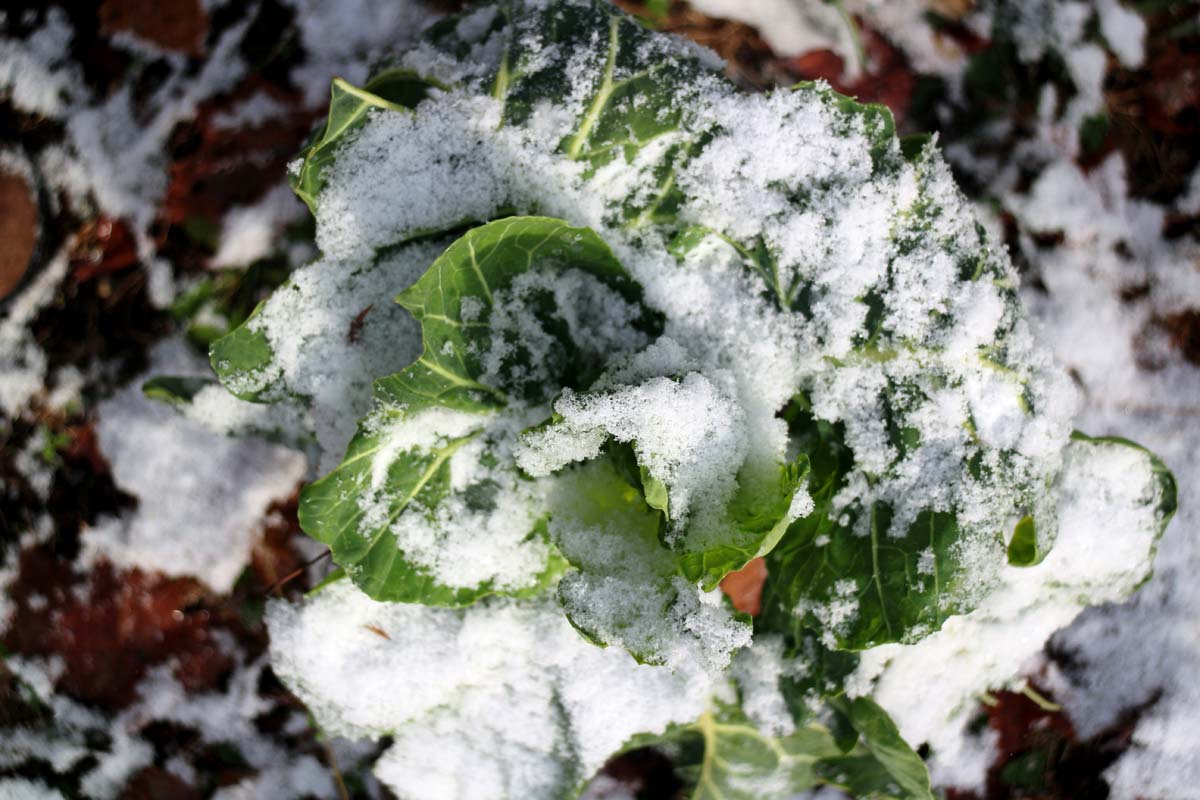
They are also delicious served as a side dish in this recipe for creamed collards, on our sister site, Foodal.
Have you grown collard greens in cold weather? Share your tips in the comments section below!
And for more information about growing cruciferous crops in your garden, check out these guides next:


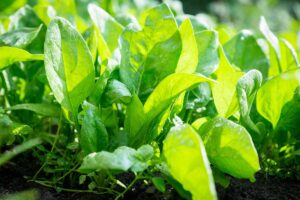
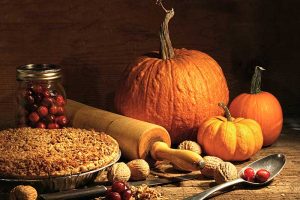
Thanks for the information. I was surprised to find some collards survived the winter here in my zone 6 garden for the first time this year. I never gave them a chance to regrow in past years and just pulled them up in late winter or early spring.
Hi Tim,
Glad you found this helpful! I live in zone 4 and have spent many winter days picking collard green leaves out from under the snow. They are indeed a hardy crop!
Just keep in mind that collards are a biennial, so even if they survive to regrow the next spring they will shift energy to flowering and setting seed. This is a good way to collect seeds to save for the next crop, but I would still recommend starting new plants each spring if you want a full season’s harvest.
Collard seeds sprouted Dec 1 in northern Arkansas.. been in low 20’s at night for a week!!
That’s awesome Raygand, they sure are tough!